Integrated Solution for OTX Script Development, Simulation and Debugging Based on ISO Standards | Q-Studio
 1.
1.
Background
Nowadays, with the rapid increase in the number of electronic components and software in vehicles, the volume and complexity of vehicle testing work is increasing and more and more complex during the vehicle development, production, testing and after-sales phases, showing an exponential growth trend. In the past, the commonly used manual test methods have been completely unable to meet today's testing needs, thus promoting automated testing has become particularly important.
However, the diagnostic test sequences produced in other formats or programming languages such as Java, C++, etc. cannot achieve the unity of specification, format, implementation, execution, etc., and cannot flow smoothly between different departments, which affects the work efficiency and is even more difficult to manage, which means this method is no longer adapted to today's fast-paced and complex development environment.
Fully Automated Testing by Developing OTX Scripts
Facing various complex application scenarios, based on IS0 13209 standard, WINDHILL has developed a tool to realize the development, simulation and debugging of OTX diagnostic and test sequences - Q-Studio, which is designed to be used in the development of ECU and vehicle test scripts, it supports the diagnostic data according to ODX2.2.0. OTX scripts developed by Q-Studio are fully compliant with ISO international standards, and they do not depend on specific software tools, it can be exchanged and circulated directly between different departments, so as to achieve the unity of specification, format, implementation, execution, etc. In addition, OTX scripts are highly reusable and can be reused in different projects according to requirements, which greatly improves testing efficiency.
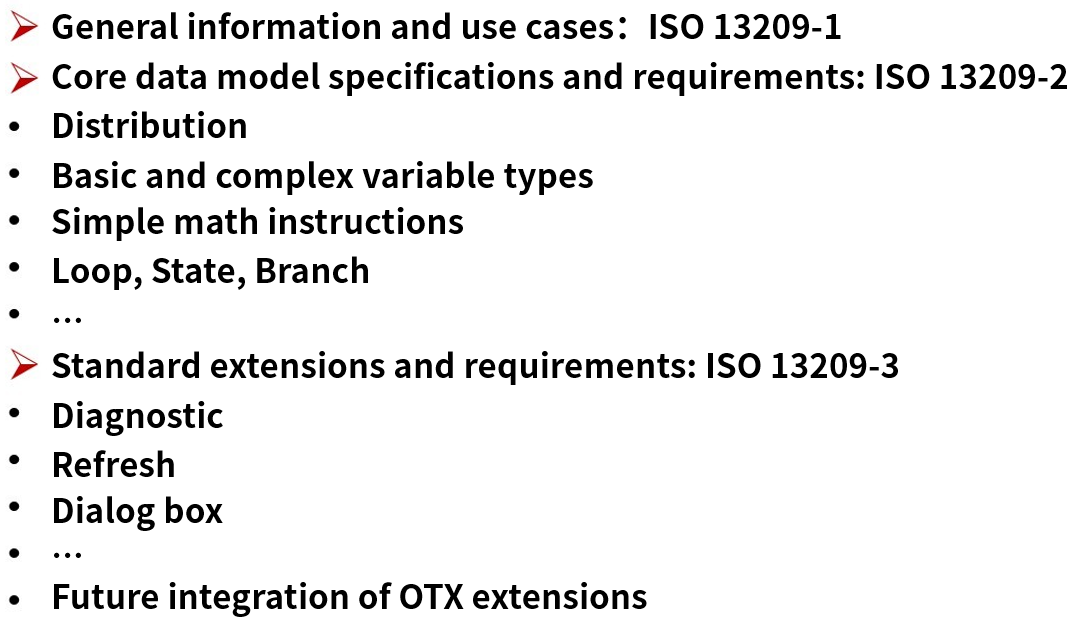
(Fig. 1 Information from OTX Standards)
Q-Studio——Visual Editing Tool
For Q-Studio, ISO 13209 compliant OTX functions and parameters in the database have been modularized. Therefore, when using Q-Studio, users only need to drag and drop functions, services and parameters to the editing window according to the diagnostic test specification cases, and then finish editing a script, which greatly reduces the difficulty of writing sequences.
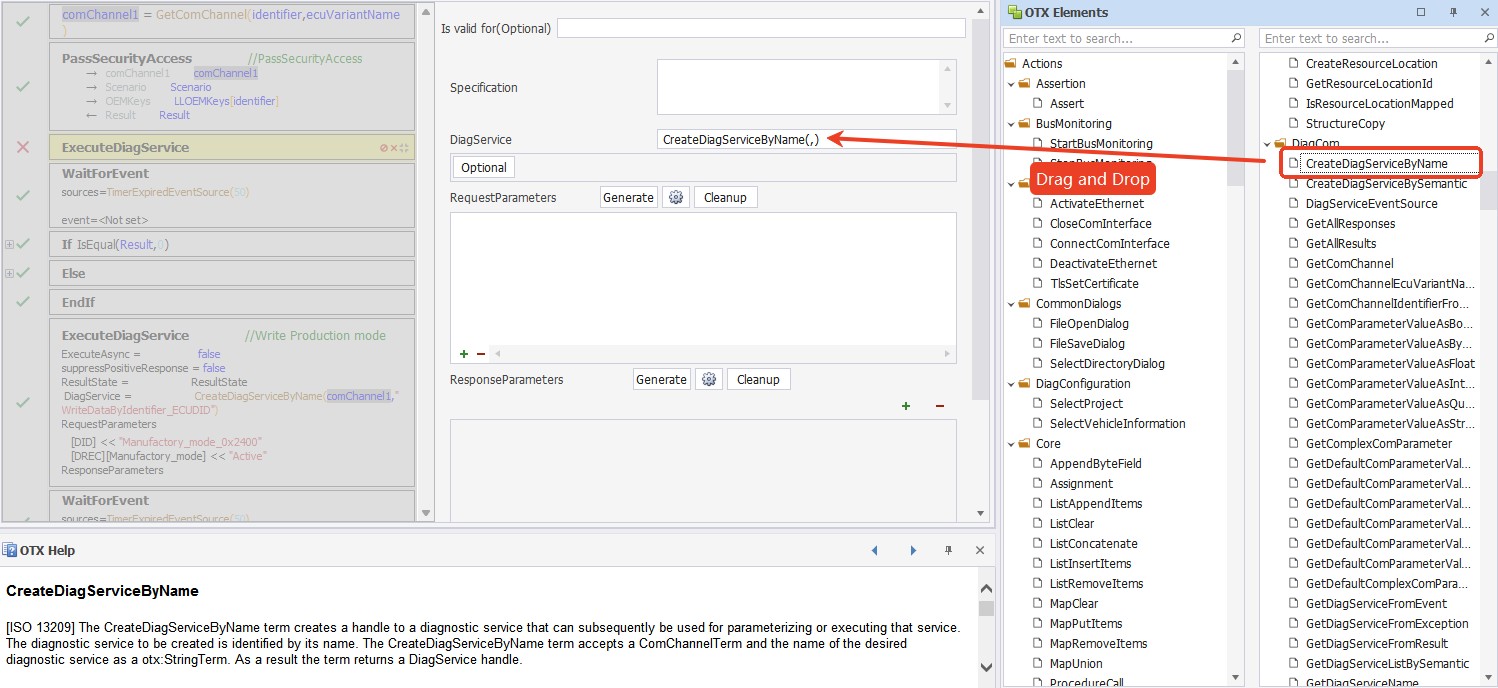
(Fig. 2 Schematic diagram of drag-and-drop editing of OTX functions)
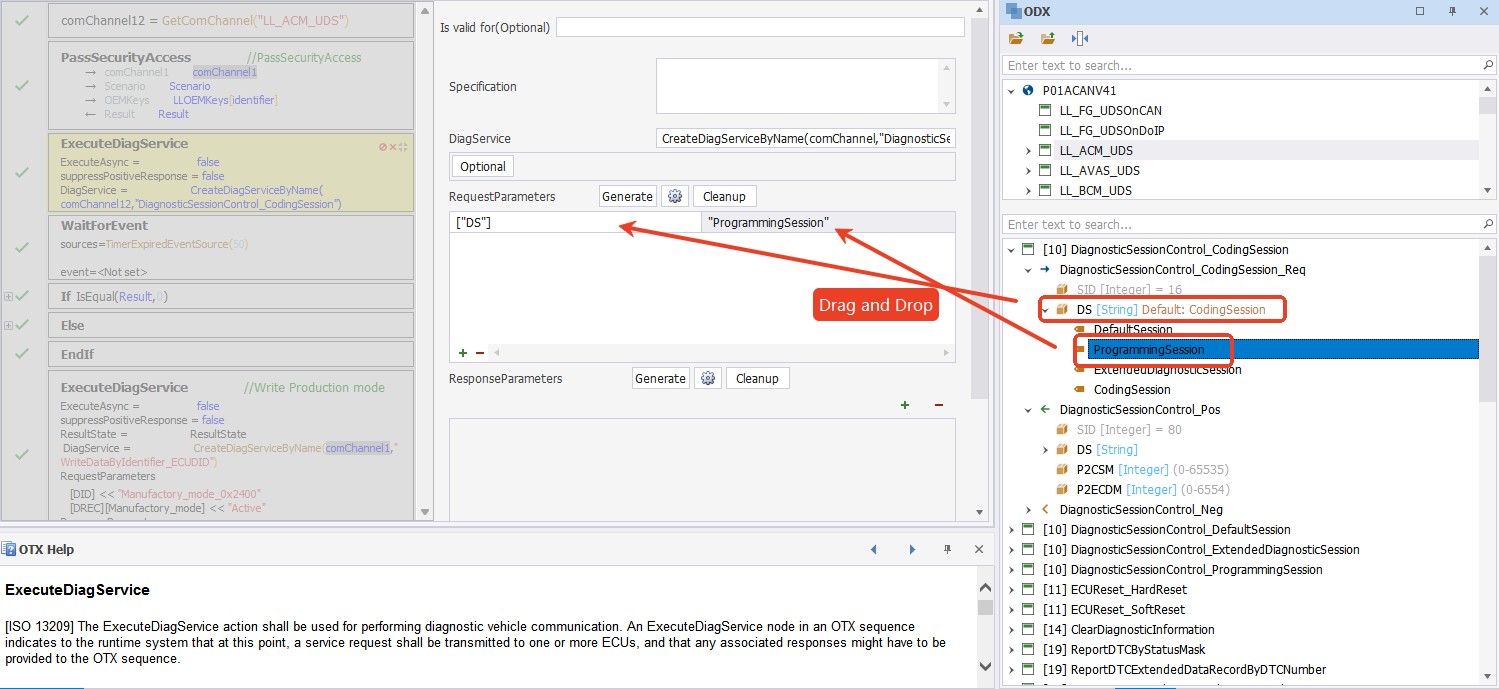
(Fig. 3 Schematic diagram of ODX database visualization editing)
As a simplified programming language, what the written OTX sequences can accomplish depends entirely on the content of the scripts written by the diagnostic test engineers, and the resulting OTX format files are independent of ODX and the different D-Servers.
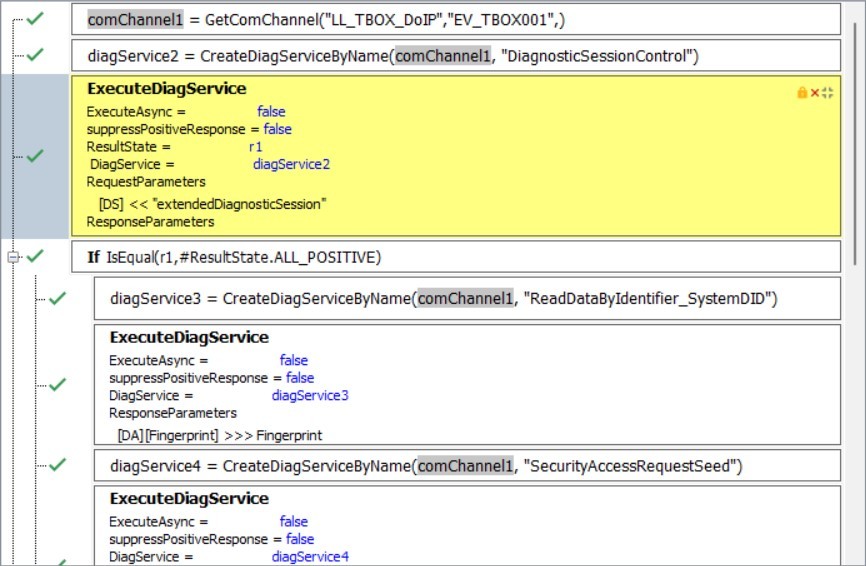
(Fig. 4 Schematic diagram of the script)
Introduction to Simulation of OTX Sequences
As the workload of in-vehicle testing rises dramatically, the accuracy of diagnostic test scripts cannot be ignored. For this reason, combined with the D-PDU API interface developed by WINDHILL in line with international standards, we have introduced the virtual car technology, which can realize the simulation of diagnostic scripts and ensure that there are no grammatical errors in the OTX scripts at the stage of developing.
Then how can users realize the simulation in Q-Studio? Simply configure the corresponding PDX database file, and then import the simulation file template of WINDHILL. Configuration operation is simple, and can meet most of the simulation needs.
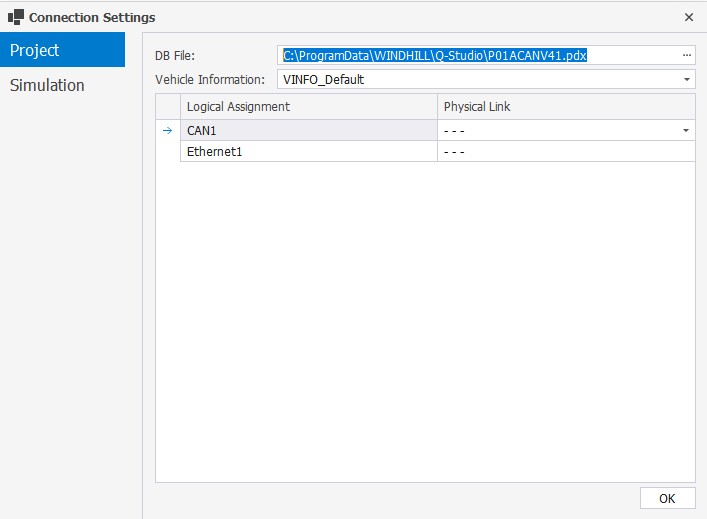
(Fig. 5 Diagram of PDX file configuration)
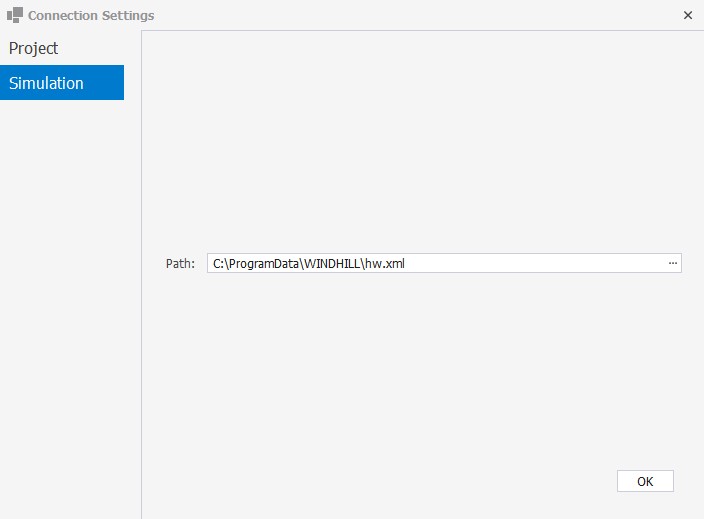
(Fig. 6 Schematic diagram of simulation file configuration)
In terms of producing simulation data, WINDHILL has customized the diagnostic service simulation file, which can freely define the diagnostic request and the corresponding response, with the function of restricting the judgment conditions required for the response.
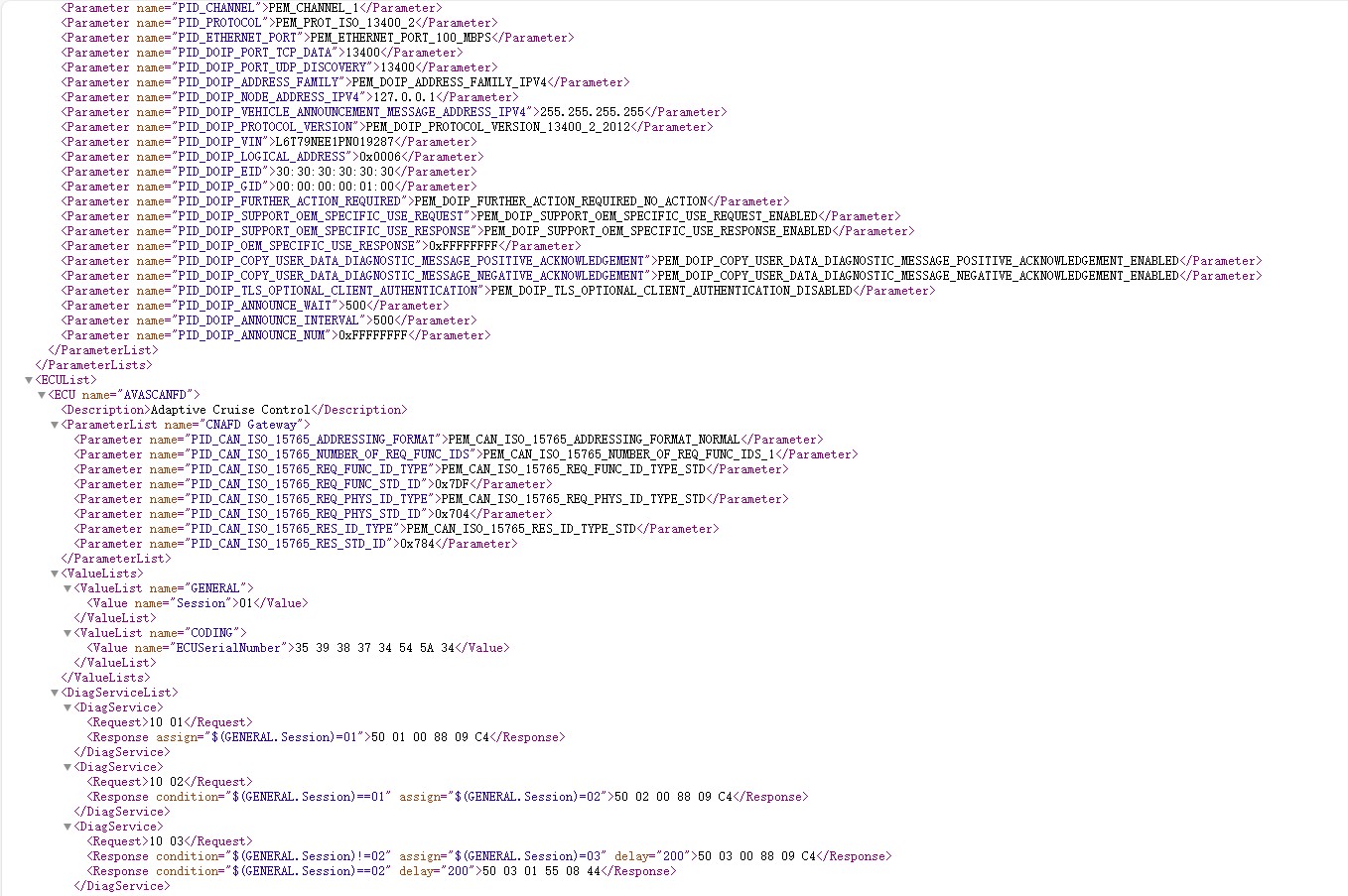
(Fig. 7 Diagnostic service simulation file schematic)
Introduction to Debugging OTX Sequences
As shown in the following figure, select the location where you need to add a breakpoint, right-click the function, and click Switch Breakpoints to set the breakpoint.
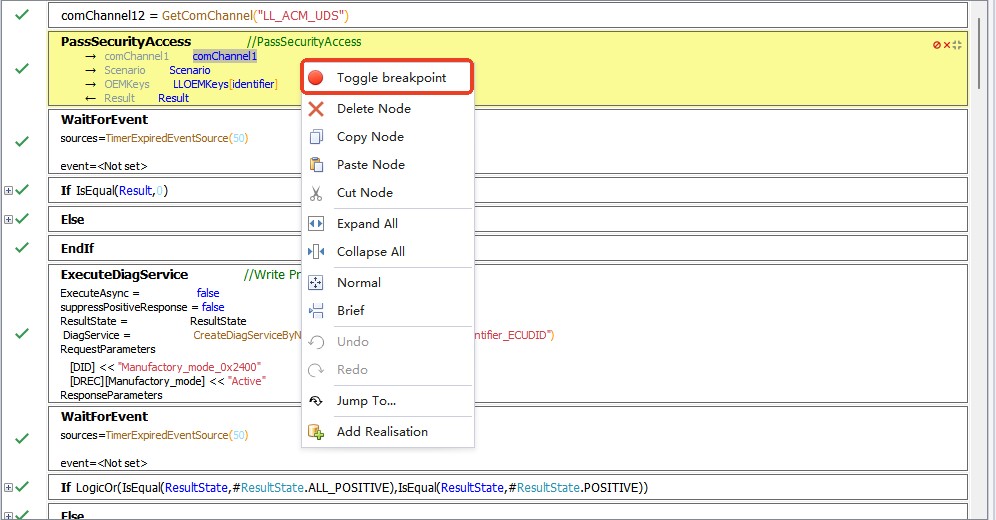
(Fig. 8 Schematic diagram of breakpoint setup)
After starting the simulation, there will be a row of debug buttons below the navigation bar of Q-Studio software for debugging scripts. Click the "Run" button to start the sequence debugging. If a breakpoint is set in the sequence, it will stop at the breakpoint; if you click "Stop Debugging", it will abort the debugging; If you click the "By Statement" button, it will debug down a sequence; if you click the "By Process" button, it will debug the process one by one; if you click the "Skip Current Function" button, it will skip the sequence of the function you are debugging.
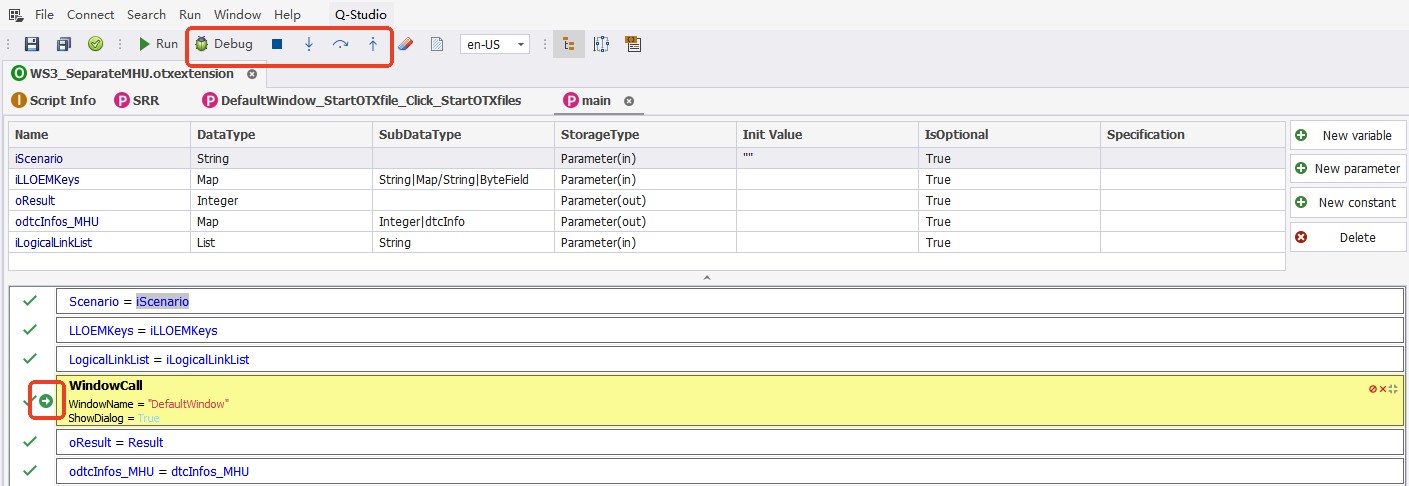
(Fig. 9 Diagram of debug function keys)
Execution of OTX Scripts
Q-Tester.Expert is an engineering diagnostic instrument based on ODX (ASAM MCD-2D/ISO 22901-1) international standard developed by WINDHILL, through which the diagnostic instrument can realize the data interaction with ECU controller. In this software, we embedded OTX RUNTIME, which can parse the functions in OTX script, execute OTX script, and combine the diagnostic function of diagnostic instrument to realize the information interaction with the controller.
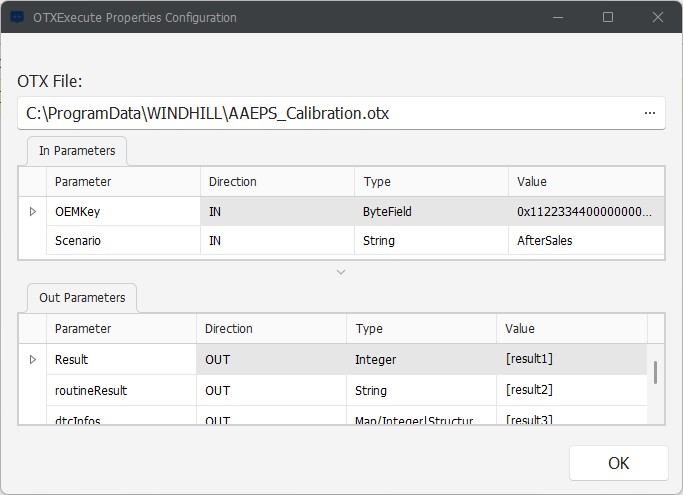
(Fig. 10 Schematic of OTX script loading screen)
Previous Updates
▶ In-Depth Analysis: ODX Diagnostic Database as ISO22901-1 Standard